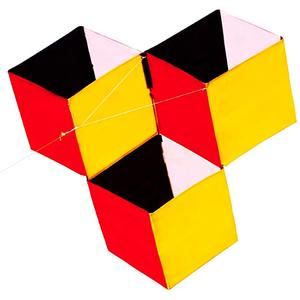




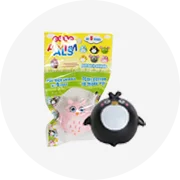


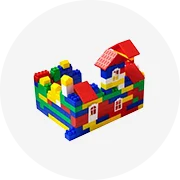
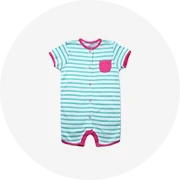



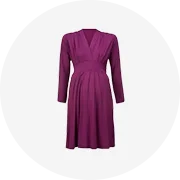



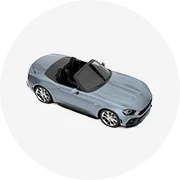

The box kite, a fascinating variant in the kite family, stands out with its unique structure and flying dynamics. Unlike the common flat-plane kites, a box kite's three-dimensional framework offers a distinct aesthetic and aerodynamic profile. This category encompasses a range of kites that share the characteristic boxy shape but vary in size, material, and design complexity.
At its core, the box kite consists of a geometric frame, often made of lightweight materials such as fiberglass or bamboo, covered with a durable fabric. The intersecting planes not only provide visual appeal but also contribute to the kite's stability and lift. The meticulous design allows for airflow through the kite, which can enhance performance in various wind conditions.
While the traditional box kite is a staple, there are numerous variations that cater to different preferences. Some models feature a single box, while others, like the compound box kites, boast multiple sections for added complexity and visual impact. The cellular design can also be adapted into shapes resembling ships or animals, offering a playful twist to the classic box structure.
Box kites are not only recreational but also serve educational purposes. Their ability to reach higher altitudes and stability in flight makes them excellent tools for atmospheric experiments and wind studies. Enthusiasts may also find these kites suitable for aerial photography rigs, where steadiness is crucial.
The construction of a box kite demands precision and quality materials. Typically, ripstop nylon or polyester is employed for the sails due to their resistance to wear and tear. The frame, pivotal for maintaining shape, often utilizes carbon fiber or reinforced plastic for a blend of strength and lightness.
One of the primary advantages of a box kite is its ability to fly in a broader range of wind conditions compared to traditional flat kites. The structural design provides lift and stability, which can be particularly beneficial for novice flyers. Additionally, the intriguing shapes and patterns of box kites make them captivating to both creators and spectators alike.
Selecting the appropriate box kite involves considering the wind conditions and the flyer's skill level. For those new to kite flying, a basic single-box design can offer a rewarding introduction. More experienced flyers might opt for intricate multi-box configurations that challenge their skills and provide a visually stunning display.